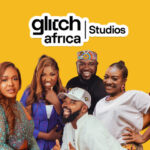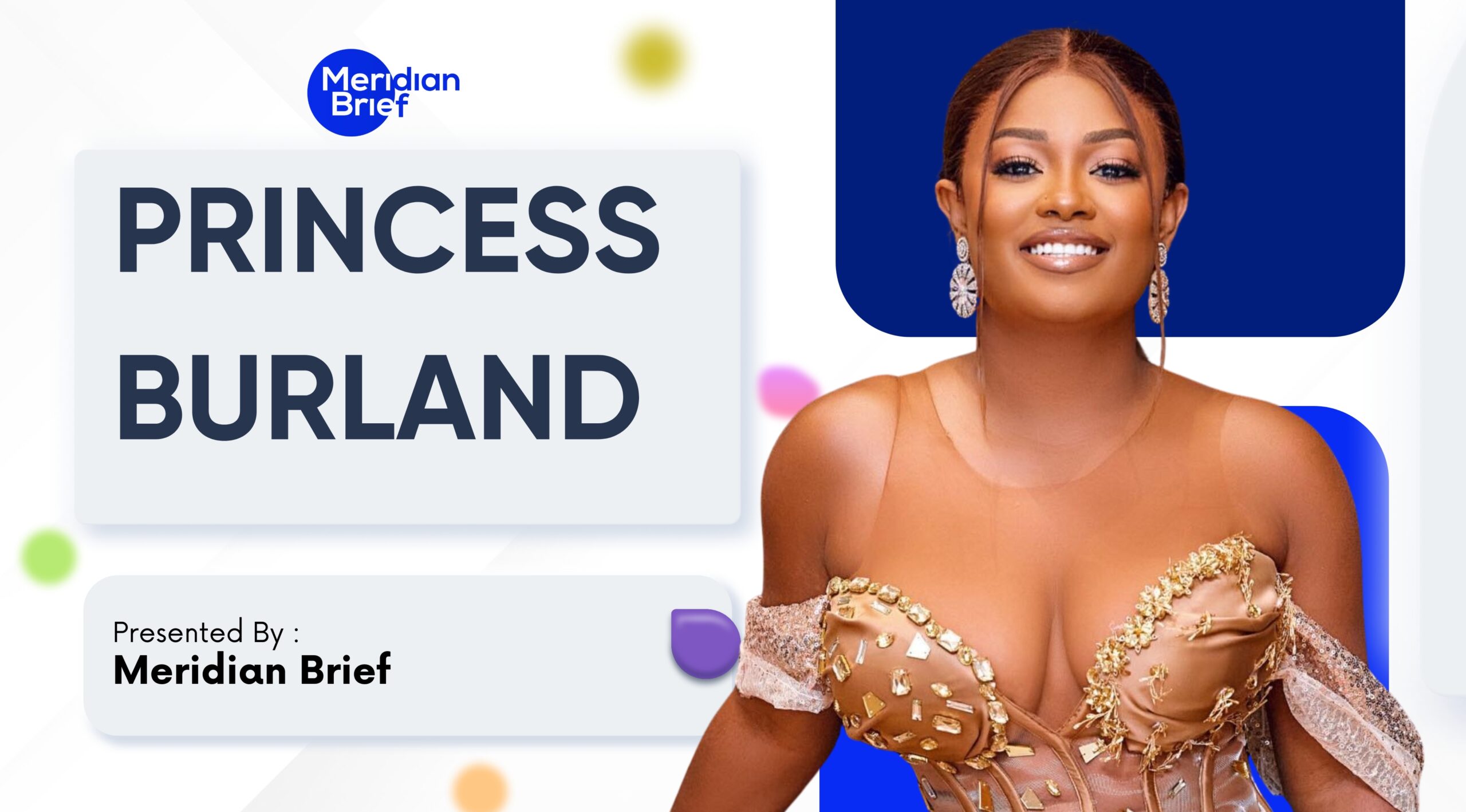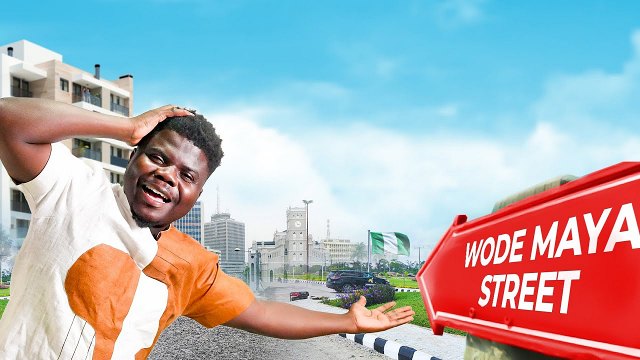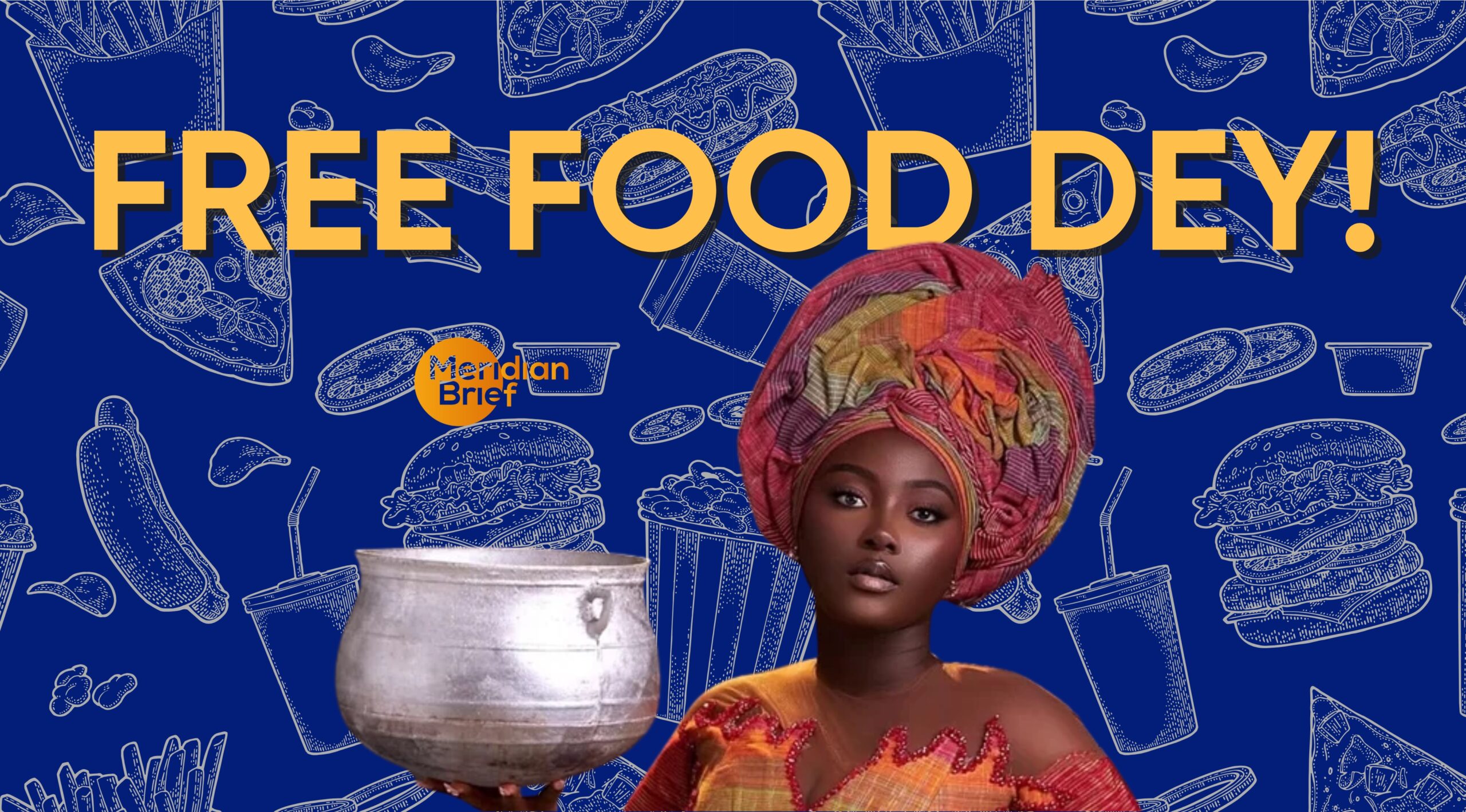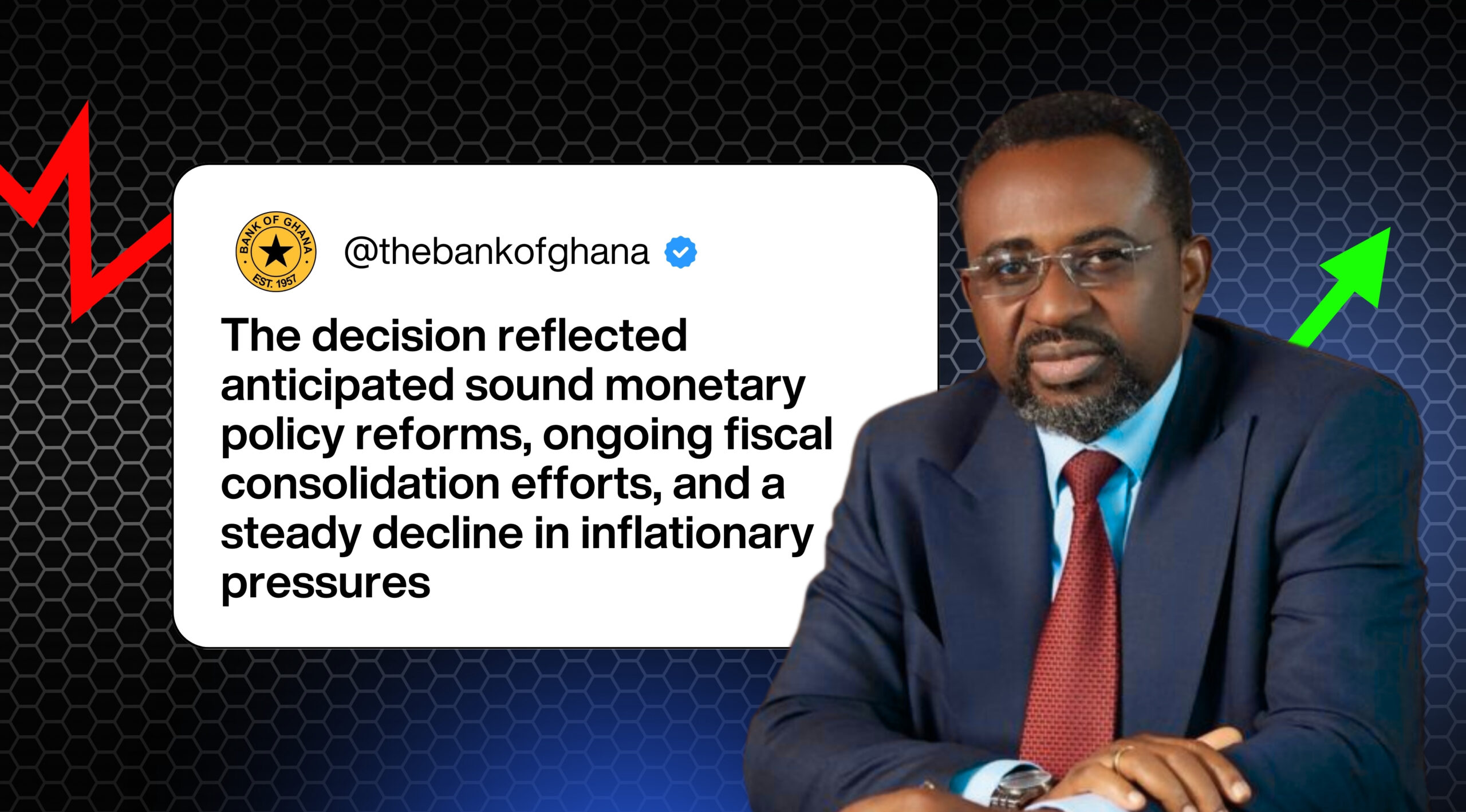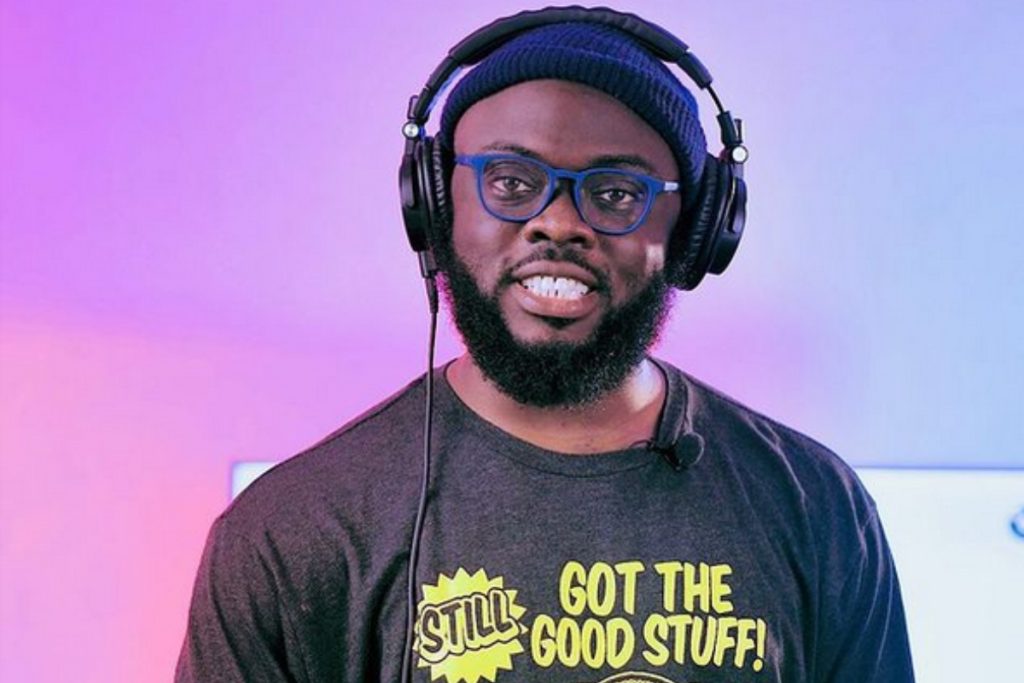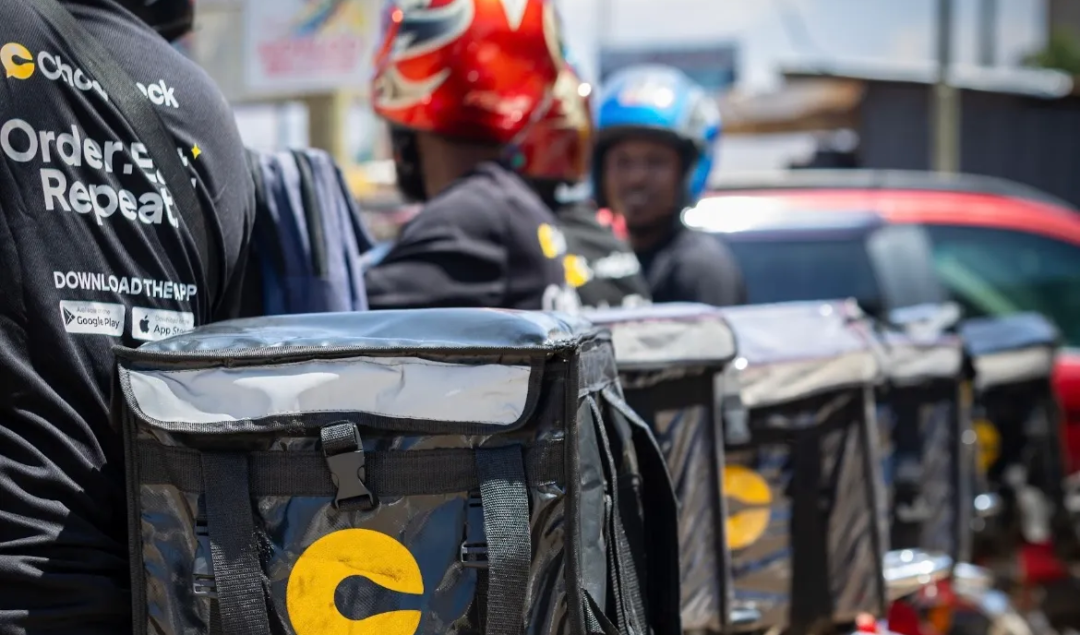TikTok has taken Ghana’s Gen Z by storm, transforming how young people create and consume content – and forcing advertisers to sit up. From hilarious skits in Twi to dance challenges at Achimota Mall, Ghanaian youth are spending more time on TikTok than on almost any other platform. In fact, TikTok is now used by …
The Rise of TikTok Among Ghanaian Youth: Implications for Advertisers

TikTok has taken Ghana’s Gen Z by storm, transforming how young people create and consume content – and forcing advertisers to sit up. From hilarious skits in Twi to dance challenges at Achimota Mall, Ghanaian youth are spending more time on TikTok than on almost any other platform. In fact, TikTok is now used by about 81% of Ghana’s internet users, surpassing even Facebook’s reach. This explosive growth carries big implications: advertisers who want to catch the eyes (and thumbs) of Ghana’s under-25 demographic must adapt or risk “chopping last” in the race for attention.
Gen Z TikTok Frenzy in Ghana
The appeal of TikTok to Ghana’s youth is undeniable. Short, entertaining videos – often packed with local humor and adesua (lessons) – are highly engaging for a generation with shrinking attention spans. In one survey, 52% of Ghanaian consumers (mostly young) said bite-sized content like Instagram Reels and TikTok videos capture their attention the most. It’s common to see students on a “trotro” ride in Accra scrolling TikTok, laughing at the latest comedic skit or learning a new dance. Popular Ghanaian TikTokers like No Boka and SDK have amassed hundreds of thousands of followers by riffing on everyday Ghanaian life – from joking about dumsor (power outages) to mimicking celebrity accents. The content is fun, relatable, and culturally on-point, which is exactly what draws Gen Z in.
This user-generated content often goes viral within hours. A goofy dance challenge started in East Legon can be trending nationwide by nightfall. At its peak, TikTok content created in Ghana can reach hundreds of thousands – if not millions – of viewers. For example, Ghana’s top TikTok creators have follower counts pushing half a million or more. In 2024 TikTok actually overtook Facebook in Ghana, reaching a larger share of internet users. Clearly, this is the platform for Ghanaian Gen Z right now.
What kind of TikTok content wins Ghanaian hearts? Trends lean heavily toward humor, dance, and local culture. Teens swap Kumawood-style comedy skits, sync to Nigerian and Amapiano beats, or show off traditional attire in creative ways. Relatable comedy is king: one top creator, No Boka, is known for sketches about daily Ghanaian “wahala” that incorporate popular slang and cultural references. These videos feel authentic – often featuring settings like a family compound or a busy Accra market – and they spark a flood of comments like “Ei, this is so me oo!” from young viewers. Dance challenges are another huge draw. It’s not unusual for a high schooler in Kumasi to post a dance video after class and see it catch fire across Ghana TikTok by the next day. TikTok’s algorithm doesn’t care if a video comes from East Legon or East London – if it’s engaging, it blows up. This level playing field has turned a whole new cohort of Ghanaian youth into content creators and micro-celebrities.
Advertisers Pivot to TikTok
Naturally, brands are racing to follow the youth onto TikTok. The platform’s rise has prompted a major strategy shift among Ghana’s advertisers, who are more accustomed to TV, radio, and Facebook. “Social media platforms like … TikTok have become essential tools for advertisers,” notes Isaac Cudjoe, executive director of the Advertising Association of Ghana. The reason is simple: that’s where the eyeballs are. A recent industry analysis highlighted that Ghana’s internet boom (24 million users, ~70% penetration) has propelled digital ads from niche to mainstream. TikTok, in particular, delivers youth engagement at a scale traditional media can’t match. Why run an expensive billboard in Accra that Gen Z might ignore, when a clever TikTok video can get thousands of likes and shares overnight?
However, marketing on TikTok is a whole different ball game. Gen Z has a built-in radar for inauthentic content and blatant ads. “The massive Gen Z demographic on TikTok grew up exposed to hundreds of ads a day… and therefore are almost immune to them,” observes a Pulse Africa marketing report. This means old-school tactics won’t fly. Advertisers in Ghana are learning they must embrace the platform’s quirky, creator-driven culture to succeed. Simply slapping a product logo at the end of a video won’t cut it – it’s like a forced joke at a Ghanaian wedding, the audience will just roll their eyes.
Many brands have started partnering with popular TikTok creators to tell their story in a fun, organic way. For instance, a telco might tap a comedic creator to do a skit about running out of data – sneaking in a subtle plug that “eh, you should get this new bundle” – rather than a formal ad. This creator-centric approach is far more effective. One campaign analysis noted that when a Ghanaian brand switched from using traditional “verified” influencers to a “loved creator” with an authentic style, the impact was noticeably stronger. Engagement went up, and viewers didn’t feel like they were being sold to. As one digital marketer quipped, “On TikTok, either you entertain or you’re skipped – no one is forced to watch an unfunny ad.”
Advertisers are also exploring TikTok’s paid ad formats, which, when done right, can yield impressive returns. Globally, TikTok has proven it can deliver lower costs and higher conversion rates than older channels. Case in point: Vodafone ran a TikTok campaign (outside Ghana) that tripled conversions and slashed cost-per-lead by 38% compared to other channels. While Ghana-specific ROI stats are still emerging, anecdotal evidence from agencies in Accra suggests TikTok ads often outperform Facebook in engaging young consumers. One striking example showed a TikTok ad campaign achieving cost-per-click of only $0.08 – a roughly 70% savings versus the expected $0.25 on other platforms. For budget-conscious marketing teams, results like that are eye-opening.
Reaching Ghana’s TikTok Generation – Challenges and Opportunities
It’s not all smooth sailing for brands on TikTok. Staying culturally relevant and authentic is a constant challenge. Trends on TikTok change “like the weather in June” – one minute every kid in Accra is doing the #GelofChampChallenge, the next minute that’s old news. Advertisers must be agile and plugged-in to ride the right waves. Those that misread youth trends risk becoming the butt of jokes on the very platform they intended to exploit. (Brands in Ghana still cringe at the memory of a certain fast-food chain trying a TikTok dance that earned more mockery than likes.)
Moreover, the youthfulness of TikTok’s audience means brands have to tread carefully. Roughly 99% of TikTok’s Ghanaian user base is under 35, with a huge chunk being teens. This raises ethical questions about advertising to minors and demands that content be appropriate and responsible. The ”vibe” on TikTok might be light, but missteps can cause backlash. An overly commercial or insensitive campaign can trigger Ghanaian TikTokers to ”drag” a brand in the comments – a PR nightmare no one wants.
That said, the opportunities are enormous. Advertisers can achieve reach and resonance on TikTok that TV or print can no longer deliver among young people. The key is to speak the language of TikTok. Successful brands often join in on popular challenges or memes – showing a fun, human side. For example, during a viral dance trend, a savvy bank might have its staff (including the CEO in his suit!) do a 15-second dance clip. It’s goofy, it’s “so Ghana”, and it gets the youth saying “Chale, have you seen this?” rather than skipping the content. By blending into the TikTok community, brands gain acceptance. In the words of one digital strategist: “With TikTok creator content, we have the opportunity to convey our campaign without disrupting the organic flow”.
Another strategy gaining traction is the use of interactive hashtags and challenges sponsored by brands. For instance, a beverage company could launch the #IceKenkeyChallenge encouraging users to post reactions to tasting a new flavor. If done with a wink of humor, these campaigns invite mass participation. In Ghana, we’ve seen creative examples like Vodafone Ghana’s TikTok campaign around the VGMA music awards, which cleverly engaged music fans. Vodafone’s “Red4VGMA” challenge, executed with the help of agency EchoHouse, was one early local foray into TikTok marketing. Such campaigns signal that big brands now see TikTok as integral, not optional.
Finally, TikTok provides something advertisers love: data and feedback in real-time. Brands can instantly gauge which content pieces are ”banging” (high-performing) and which ones fell flat, through views, likes, shares, and comment sentiment. This immediacy allows continuous tweaking of strategy. In a way, marketing on TikTok is less like placing a static media buy and more like running a conversation with Ghana’s youth, day by day. The brands that thrive embrace this dynamic, participatory approach.
In conclusion, TikTok’s rise among Ghanaian youth is more than a social media trend – it’s a cultural shift in media consumption that advertisers must respond to. The platform’s blend of massive youth reach, creative freedom, and viral energy offers huge payoff for those who get it right. Advertisers that learn to ”fio” (understand) the Gen Z mindset – prioritizing authenticity, entertainment, and cultural relevance – are reaping rewards in engagement and brand affinity. As Ghana’s leading digital advertisers have discovered, TikTok is where tomorrow’s consumers are being shaped today. The question “Should we invest in TikTok marketing?” has been answered by the swarms of Ghanaian teens glued to their For You pages: a resounding yes – laaslass (ultimately), meet the audience where they are, or risk becoming a forgotten trend.
Subscribe to MDBrief
Clean insights, a bit of sarcasm, and zero boring headlines.
